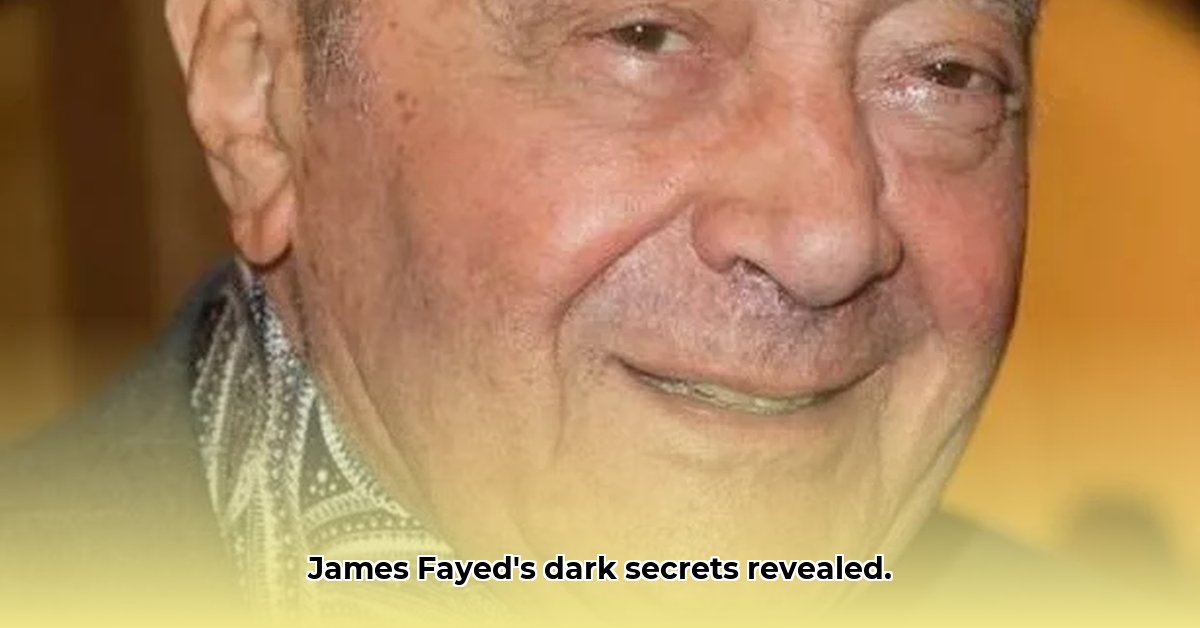
James Fayed, the enigmatic founder of the high-profile gold trading enterprise Goldfinger, stands accused in a high-stakes murder case. His substantial wealth has become a focal point, fueling speculation about its potential connection to the crime and significantly impacting the ongoing legal battles. This article explores the complex interplay between Fayed's financial status, the alleged murder-for-hire plot, and the ensuing legal challenges.
Fayed's Fortune: The Goldfinger Enigma
Determining James Fayed's precise net worth remains a challenge, shrouded in the complexities of his business dealings and the ongoing legal proceedings. However, evidence suggests a substantial fortune derived primarily from Goldfinger. Court documents hint at significant assets, though the exact figures are largely undisclosed and subject to ongoing legal scrutiny. The ambiguity surrounding his finances has become a key element in the trial, raising questions about its potential influence on both the alleged motive and the subsequent legal battles.
Pamela Fayed's Inheritance: A Financial Motive?
The contentious divorce between James and Pamela Fayed forms a crucial backdrop to the case. Pamela stood to inherit a substantial portion of the marital assets, potentially in the millions, adding a significant financial dimension to the prosecution's narrative. The prosecution argues this prospective inheritance, coupled with other factors, created a powerful motive for Fayed's alleged actions. Was the potential loss of this substantial sum a catalyst for the alleged crime? This question lies at the heart of the prosecution's case.
The Alleged Murder-for-Hire Plot: Financial Connections
The prosecution's case centers on an alleged murder-for-hire plot. Evidence presented includes witness testimonies (whose admissibility has been fiercely debated) and financial records that allegedly link Fayed to several individuals implicated in the crime. The investigation into these financial connections is central to understanding the alleged conspiracy. Were these financial ties the crucial element that facilitated the alleged scheme? The defense strongly disputes these claims.
The Legal Battles: Challenging Evidence and Admissibility
Fayed's legal team has vigorously challenged the prosecution's case, focusing heavily on the admissibility of crucial evidence. A major point of contention revolves around the admissibility of certain jailhouse recordings, with the defense arguing that these recordings were obtained illegally, thus compromising the integrity of the trial. These legal challenges are not merely about guilt or innocence; they are deeply intertwined with interpretations of Fayed's financial situation and their possible influence on plea bargains and sentencing. How will these ongoing legal challenges affect future court decisions in similar cases?
Stakeholder Impact: A Case with Far-Reaching Consequences
The Fayed case extends far beyond the immediate parties involved. His family faces considerable emotional and practical fallout. The implications for the legal profession are equally significant, as the case raises fundamental questions about evidence admissibility and the complex dynamics involved in high-stakes legal battles. Beyond the courtroom, this case ignites broader public discussions about justice, wealth and privilege. How does the perception of wealth influence public judgment on matters of crime and punishment? Research suggests a correlation, but the complexities are undeniable.
Conclusion: An Ongoing Saga
The James Fayed case remains an evolving saga. The ongoing appeals process continues to uncover and reinterpret details, highlighting the challenges in pursuing justice in complex financial crimes. The intertwined threads of wealth, relationships, and alleged criminal activity present a compelling, if tragic, case study. The continuing legal battles will undoubtedly continue to reshape the narrative and shed further light on the financial aspects of this high-stakes drama. What new revelations will the future hold? Only time will tell.